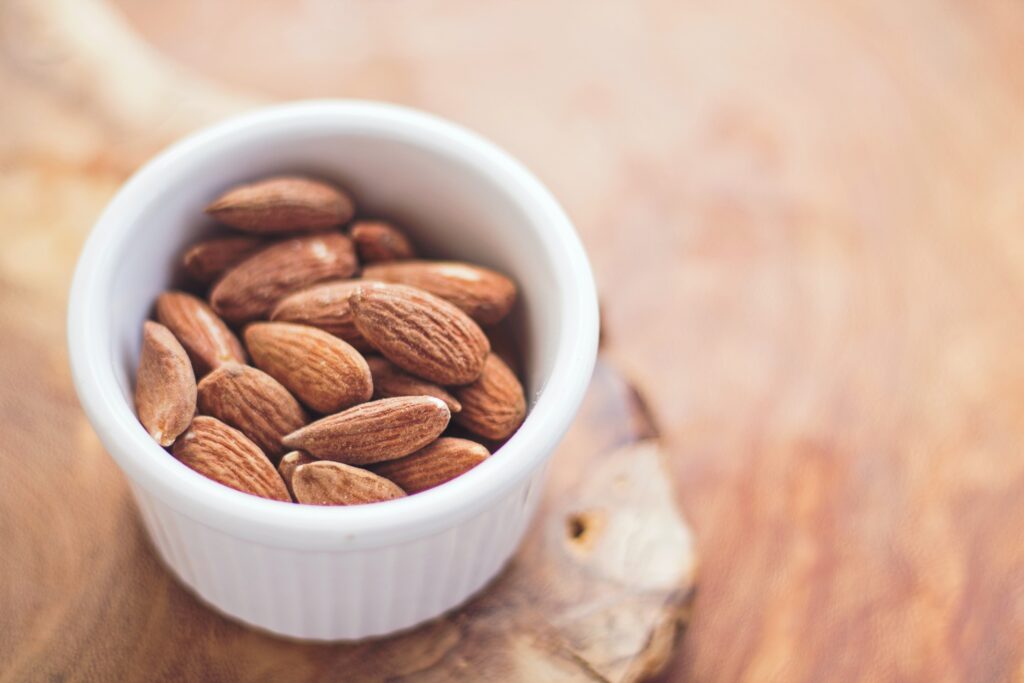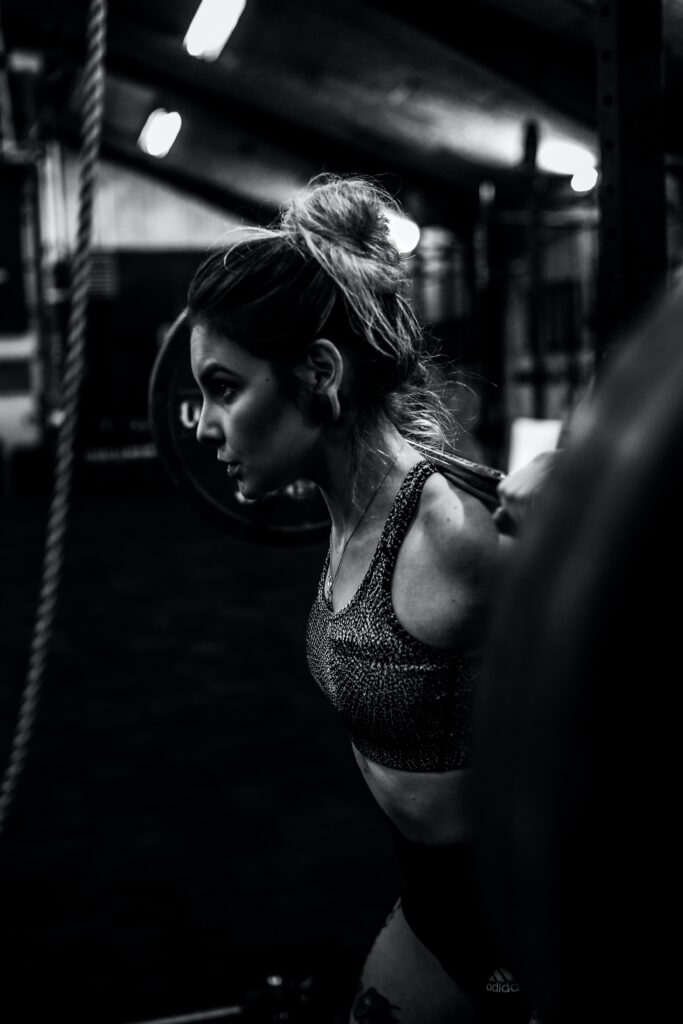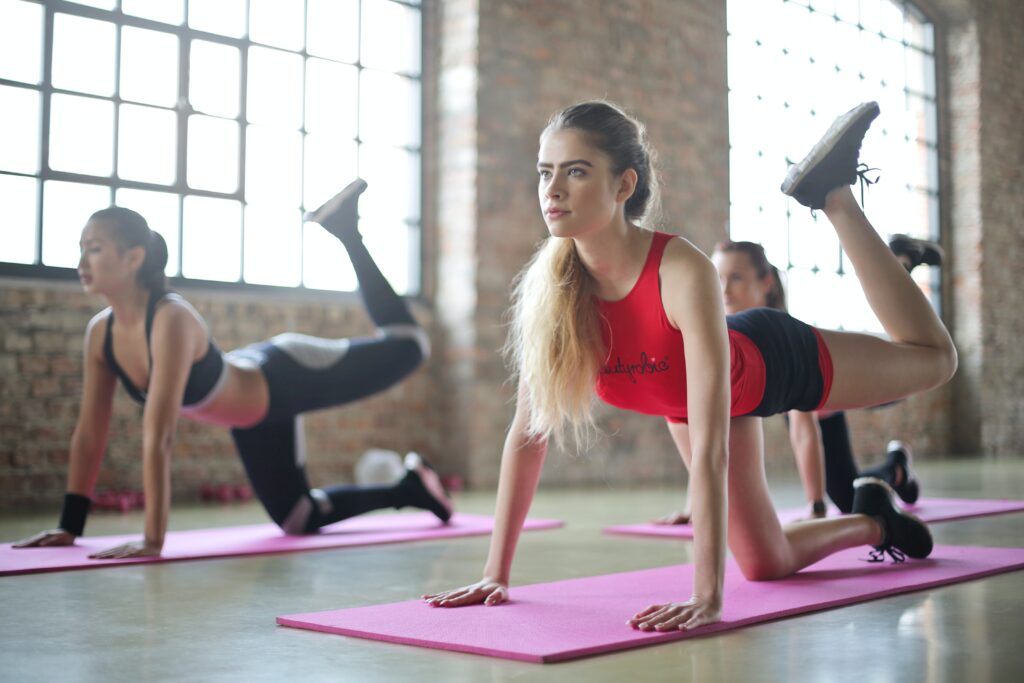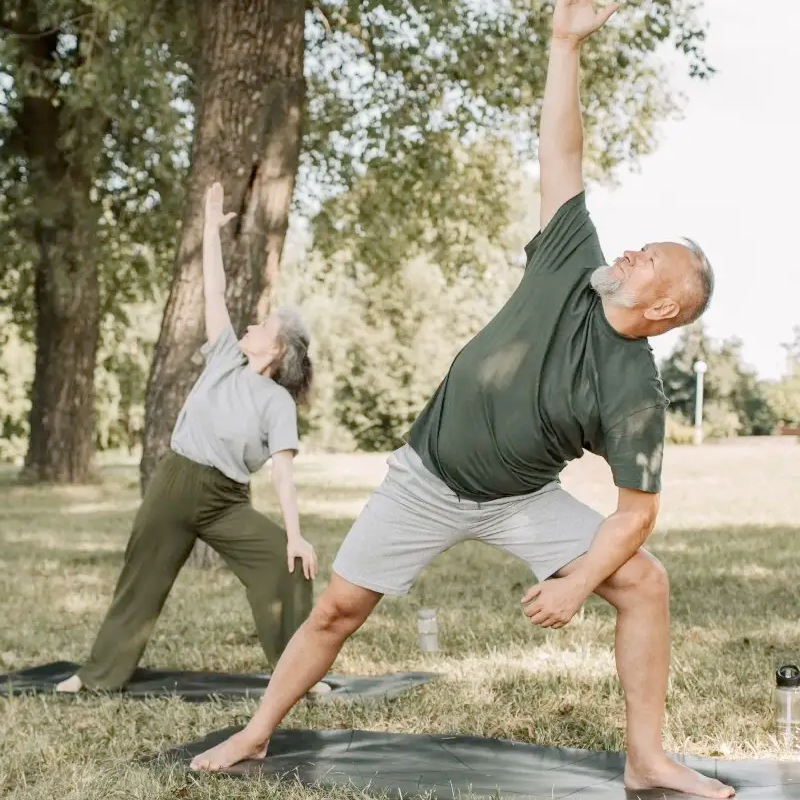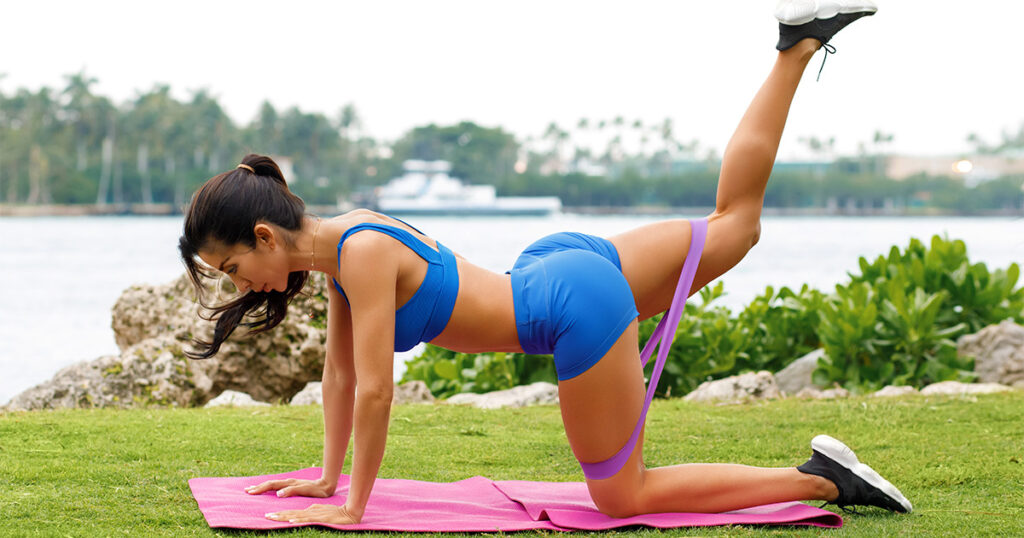MUSCLE GROUPS
The body is categorized into several muscle groups, which include the chest, back, shoulders, legs, biceps, triceps, and abdominals. The legs are generally made up of the quadriceps, hamstrings, and calves, while also including the glutes in most of its exercises. The shoulders are made up of the upper traps and deltoids (delts). The deltoid has three main muscles that include the front, lateral, and rear delt. The biceps are made up of two main heads, hence the term “bi”, while the triceps contain three heads. The back generally consists of the lats, an upper, middle, and lower back. Some muscle groups work together during certain exercises.
For example, the flat bench press primarily focuses on the chest while the triceps and shoulders help to complete the movement. Understanding which muscles are stimulated during specific exercises can allow you to set up an efficient workout that will target your goal.
HOW DO MUSCLES GROW?
Lifting weights, damages your muscles. Though that may sound strange, pumping iron at the gym actually depletes muscle-building nutrients in your body and creates microscopic tears in your muscle fibers. It is only until after your workout that your body begins to repair the damage you inflicted on it and you experience the muscle growth you desire. An effective workout results in minimal bleeding and tearing of your muscle fibers, which often leads to soreness. This damage is an essential part of building muscle and indicates that your muscles are repaired and becoming stronger. Muscle repair usually takes at least two days, making 48 hours of rest essential for optimal growth. The principle behind muscle growth is known as progressive overload. It states that you must impose a demand on your muscles, greater than what they’re accustomed to. Your muscles compensate for this strain on a cellular level by adding protein to grow thicker and stronger. Once your muscle adapts to the load by becoming stronger, a progressive overload such as more weight or reps must be added for more growth. Overall, muscle damage takes place during the workout, and repair and growth happens when you are at rest. “If there is no struggle, there is no progress” ~ Frederick Douglass
CHOOSING AN EXERCISE
By sticking to basic exercises, you can build a solid foundation of muscle. Compound movements such as the squat, bench press, and deadlift are great because they stimulate multiple muscle groups while burning relatively more calories. Isolation exercises such as the bicep curl or leg extension focuses on one specific muscle group. Both compound and isolation exercises are good to incorporate into your workout. A variety of exercises should be used in order to engage all areas of the muscle group. By using effective exercises to target different angles on the muscle, you will develop a more detailed and defined physique.


